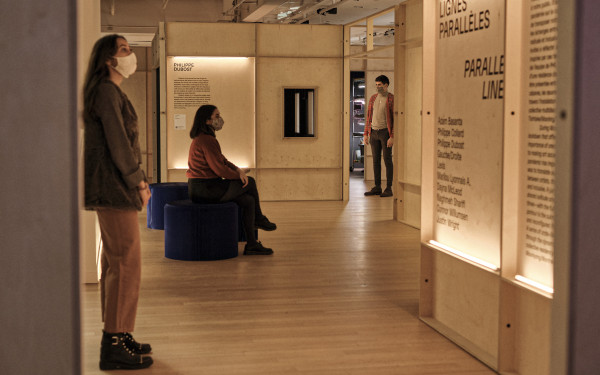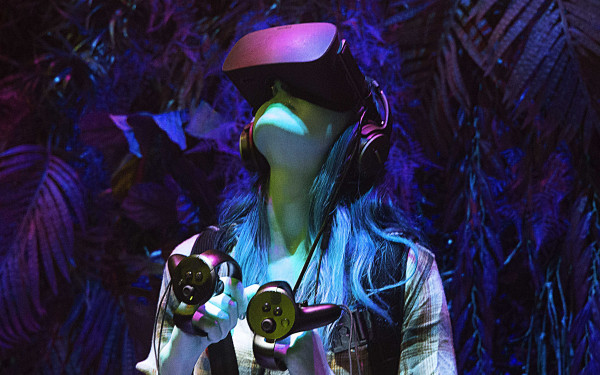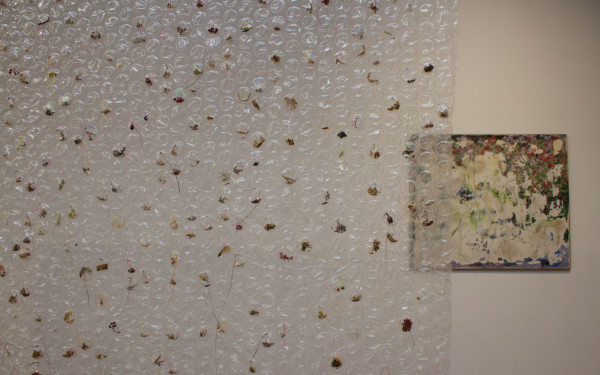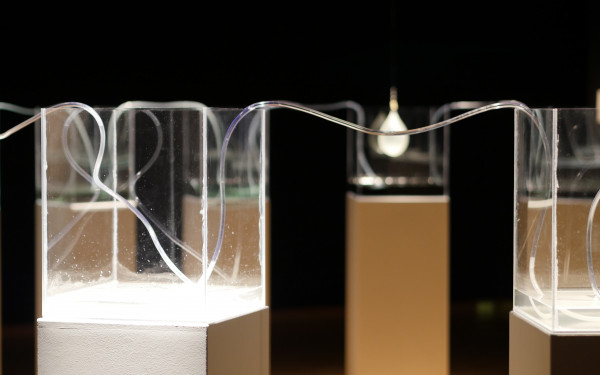Experience storytelling through VR, AI and MR technology at the PHI Centre
‘Three Movements’ encourages visitors to experiment with their senses while exploring shared narratives
The PHI Centre is now displaying its latest multimedia event—Three Movements—which is expected to draw the attention of art fanatics from all over Montreal.
For months, PHI—located in the heart of the Old Port—was forced to put its projects on hold due to delays caused by the pandemic. But ever since museums and art venues reopened in February, PHI has not wasted a moment to procure and showcase new artistic content to its visitors. This was made clear with the exhibition of Parallel Lines, PHI’s first virtual residency, and Three Movements is no exception.
This new installment features the work of six artists through different forms of multimedia, primarily in the forms of augmented reality, virtual reality, and mixed reality. The pieces in question all reflect one similar thematic: the expansion of emotional and transformative contemporary narratives.
For those unfamiliar with VR, AI and MR technology, here is a little breakdown.
VR technology is primarily used to transport users to a different time or space as a character in a simulated story, while AI pushes software or programs to imitate characteristics of human intelligence. Technology that combines both actual and virtual worlds is referred to as MR technology.
“This event means a lot for so many reasons,” said Randall Okita, the artist behind The Book of Distance—one of the pieces currently displayed at PHI. “[The use of VR imagery] aims to start a conversation about the audience members taking part in the interactive experiences, and the medium itself. We can see how emotional rawness is able to transmit through technology.”
The Book of Distance tells the story of how Yonezo Okita, the artist’s grandfather, migrated to Canada in 1935 from his homeland in Hiroshima, Japan.
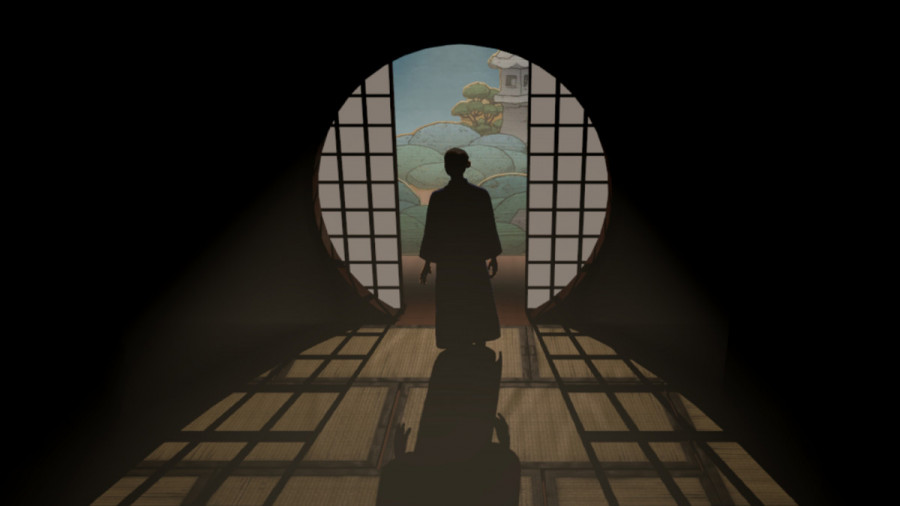
In an emotionally moving 25 minute VR experience, visitors are instantly transported to Japan, where a young 15-year-old Yonezo Okita is given the opportunity to start life in Canada in exchange for paid labour. The piece embodies the stories of many Asian migrants who settled in Canada while seeking a better life for their families. It does not take long for viewers to realize that life in Canada did not pan out as expected for many newly arrived Asian immigrants.
Viewers are able to interact with the animations using a set of remote-controlled handles that function as the user’s hands, while the headset projects the storyline.
“I was obviously aware of my grandparents’ story for a really long time, and I was always thinking of a way to share it,” said the artist.
Okita is an accomplished filmmaker and artist from Calgary, now settled in Toronto. He recently shot a feature-length film, See for Me, and sought the completion of The Book of Distance with the National Film Board of Canada. The latter originally premiered at the Sundance Film Festival.
According to Okita, incorporating VR technology in his piece allowed him to tell his grandfather’s story in an innovative and exciting way that people could interact with directly.
“With that excitement, we started playing and trying to fit this story that I’ve wanted to tell, and to include the questions that I had about my grandfather’s story,” said Okita. “History is not a singular fixed narrative. It’s interwoven and complex, and has many different layers and strings. So I think that [VR] is an interesting way to engage with the piece.”
“History is not a singular fixed narrative. It’s interwoven and complex, and has many different layers and strings.” — Randall Okita
By using VR, AI, and MR, Three Movements is able to canonize multisensorial art forms to revisit contemporary stories. This is especially seen in the work of Marcella Grimaux, ASTERIA, along with her team of producers, Catherine Simard and Alexandre Barrette.
ASTERIA is a room-scale VR experience, where people are invited to be seated with headsets that allow them to experience the works of five musical artists over the span of eight short videos.
“It was important for us to be part of this exhibit,” said director Marcella Grimaux, referring to her team’s contribution to Three Movements. Anchored in Montreal, this piece was thought of and created during the pandemic.
“It’s a reinvention on how to connect with the artists and music,”' added Alexandre Barrette, one of two producers who worked alongside Grimaux.
The team behind ASTERIA has a large background in live music, designing live shows, scenography and video. According to Grimaux, working with the five musical artists featured in the piece during the pandemic allowed them to find alternative means to discover and experience music.
“The music was the big driver,” said Grimaux. “We wanted to find different ways for the spectators to listen and connect with the different artists, and to get completely immersed in this made-up, imagined world.
The trio wanted viewers to reimagine how people reinterpret music individually.
Usually, artists own their music, and the content of their work is often inspired from within themselves. However, once it becomes readily accessible to the public, we tend to create our own individual interpretations of the art form. This is precisely what ASTERIA suggests.
“A song will say something to me that’ll be different for you,” she added. “In that same way, our piece encourages spectators to see music through various perspectives.”
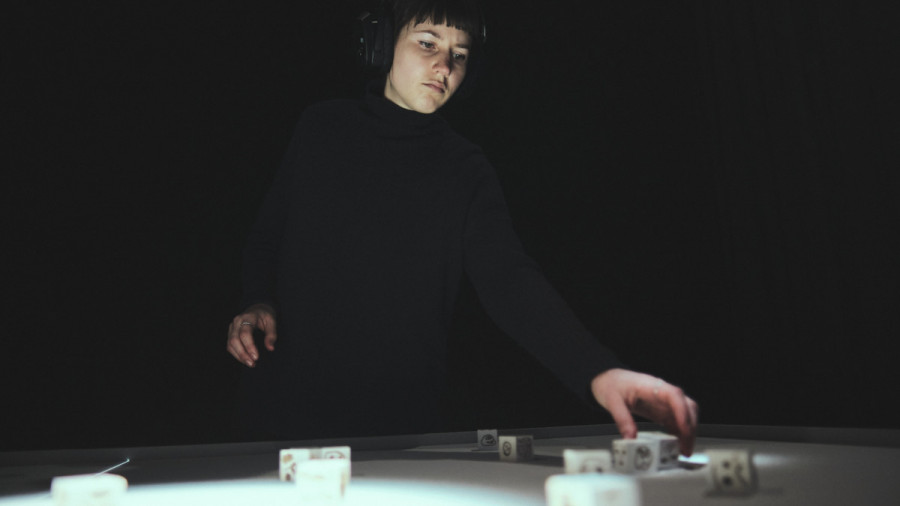
Similarly, Vincent Morisset, Caroline Robert and Édouard Lanctôt-Benoit's MR display, Composition, delivers its own take on the interpretation of music.
This piece comprises a large table, where visitors can place little cubes in various manners to essentially orchestrate their own musical show with digital effects. Each cube, designed by Caroline Robert, features little asymmetrical faces that send signals to receptors built into the table. This in turn produces music, and the effects are projected onto the table as if to mimic a large screen.
“On one hand, [Composition] is a musical instrument, and on the other, a sculpture,” said Morisset. As a piece that began production for a residency program at the end of 2019, Morisset and his fellow producers began experimenting and imagining what kind of project they could exhibit for PHI.
“I wanted to create some kind of tangible ritual or experience, where people have the ability to change and manipulate the effects of art with their own hands,” added Morisset. For him, the goal was for spectators to forget the numeric, digital world we live in currently, even if just for a moment.
“[Composition] is a reminder of the importance of physicality in a digital world.”
If there is one thing that PHI can guarantee, it is that visitors will be able to free their imagination and explore various immersive worlds thanks to Three Movements.
Visitors can experience the nature of the exhibition themselves until Sept. 5. Tickets are available through PHI’s website.

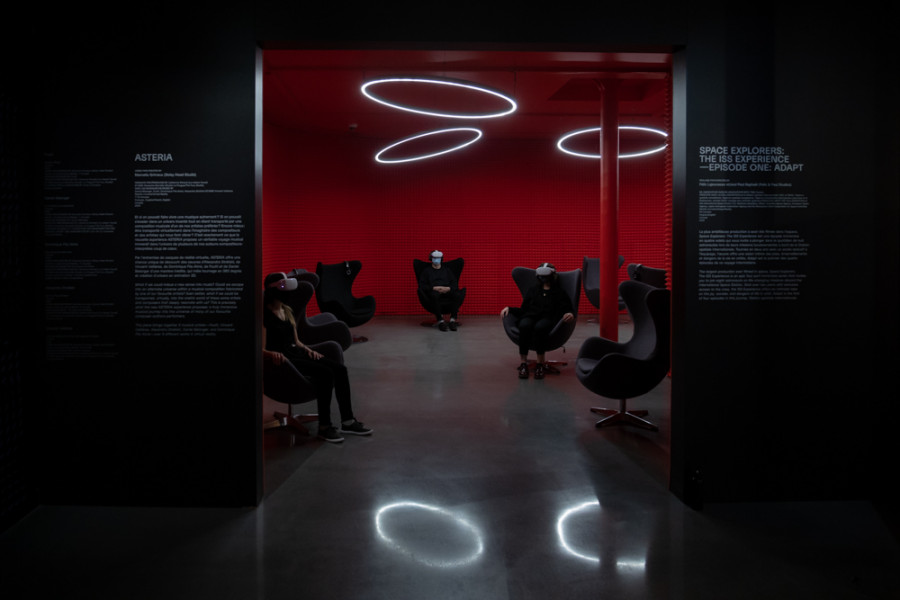
_600_832_s.png)

